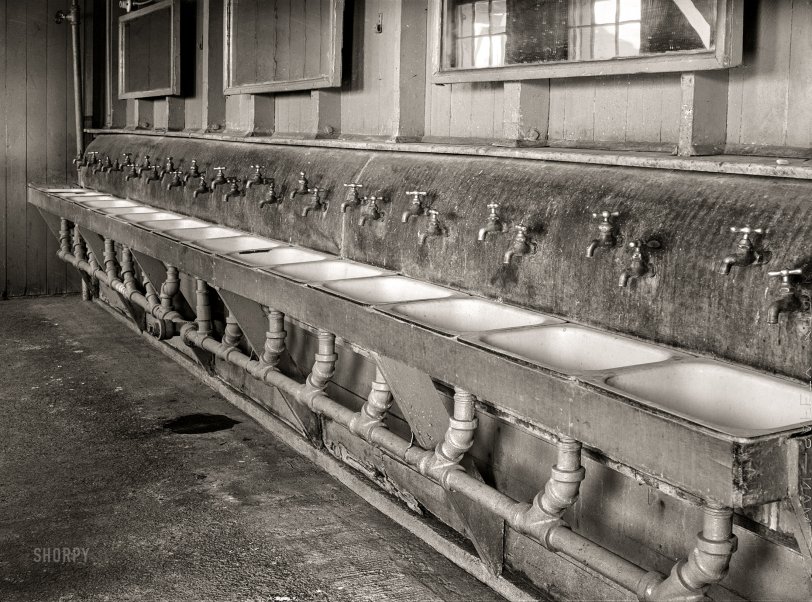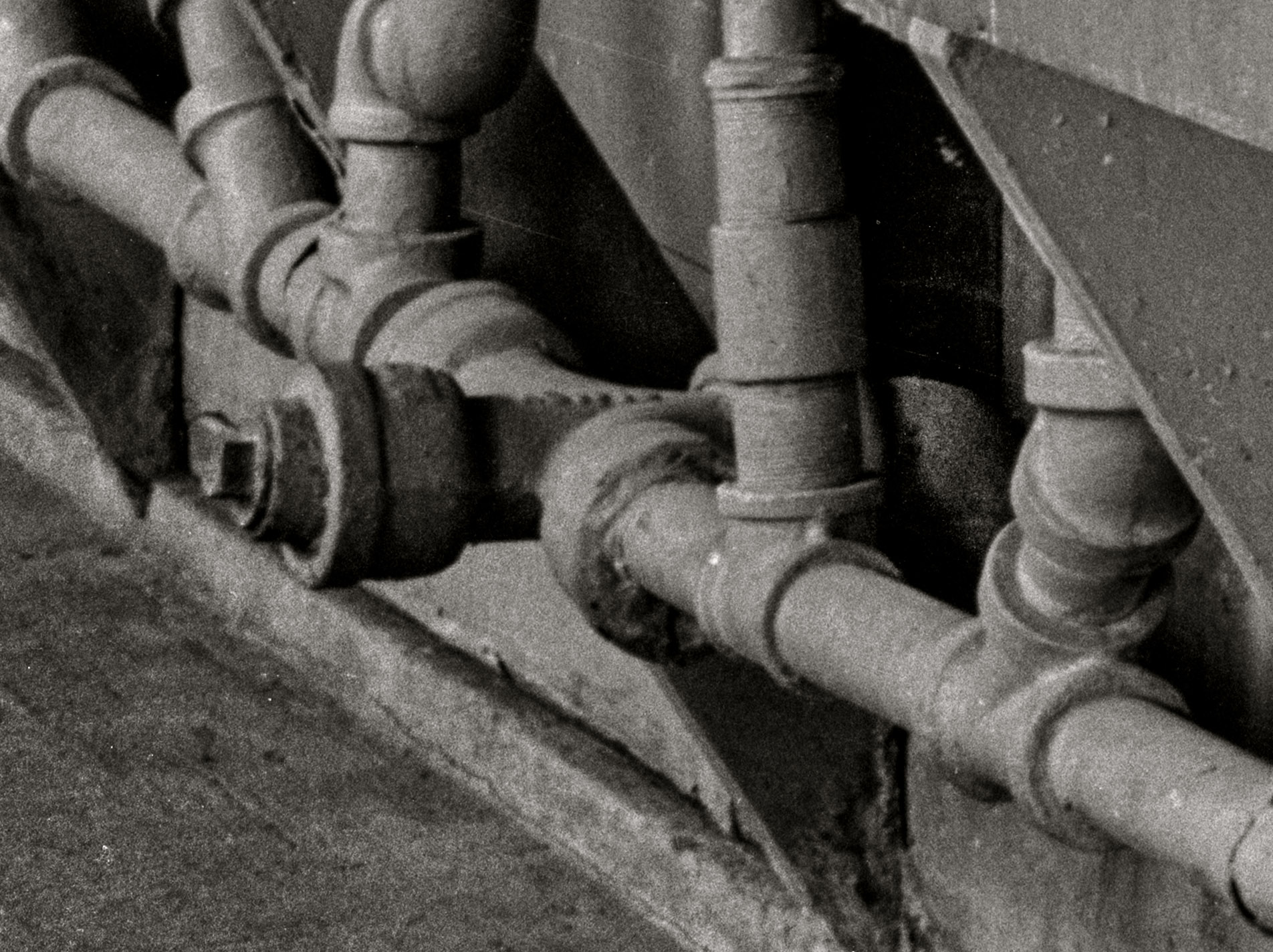


Framed or unframed, desk size to sofa size, printed by us in Arizona and Alabama since 2007. Explore now.
Shorpy is funded by you. Patreon contributors get an ad-free experience.
Learn more.

- Roll your own
- Rugged and real!
- A Charles Purcell - Mama Cass Connection
- Uncle SAAM
- Obfuscation
- One Chocolate Soldier rode away
- Victor Marquis de la Roche
- The Little House Across Way ...
- Vanderbilt Gates
- Vanderbilt Mansion
- You can still see that gate
- Withering heights for me
- So Jim,
- Top Heavy
- Re: Can't Place It.
- Bus ID
- Since you mention it
- The White Pages ?
- Moonlight Tower
- 1907?
- Fire(men) and Water
- Can't Place It
- Can anyone
- Wings
- Where's Claudette and Clark?
- Overbuilt Rolodex
- One song
- Give Me Wings Please!
- PRR
- Pinball Wizards
Printporium
Taps: 1942

July 1942. Rupert, Idaho. "Minidoka War Relocation Center -- former CCC camp now under FSA management. Wash bowls used by the Japanese-Americans." Acetate negative by Russell Lee for the Farm Security Administration/Office of War Information. View full size.
P-Traps
Why no traps on each washbowl? I can think of two explanations.
1) Who cares if these folks get a little whiff of sewer? (sad, but possible)
2) Simplicity: Since this is at worst gray water, there will be little but soapy water flowing. One common p-trap at the far end will suffice.
[It would be (already is?) in the middle, not the end. - Dave]
This is the ladies' washroom
According to Densho Encyclopedia, the ladies were allotted 14 wash basins to the men's 12, as follows:
[There are 15 basins in this photo. - Dave]
I also counted 15. I concluded the description is from memory and off by one, or maybe one wasn't usable. Didn't know what else to do because I think both sources are credible. Since 15 is closer to 14 than it is to 12, I decided this must be the ladies' side.
Latrines:
The laundry and bathroom buildings housed the laundry on one side of the "H" and the bathrooms and showers on the other, with a 1,350 gallon coal heated water heater in the middle. The bathroom side was divided into men's and women's sections. The men's had ten "toilet stools," along with four urinals, twelve shower heads, and twelve wash basins; the women's had fourteen "toilet stools," along with eight shower heads, four bath tubs, and fourteen wash basins. There were initially no partitions between either the toilets or showers; they were later added to the women's facilities, but never to the men's. The laundry section included eighteen "double laundry trays." As noted above, the flush toilets were not operational for the first several months due to delays in completing the sewer system.
Wash bowls
I think I understand the reason for the different levels of the hot and cold taps: to accommodate the two different pipe feeds behind the backsplash. But why no P-trap on the drains?

























On Shorpy:
Today’s Top 5